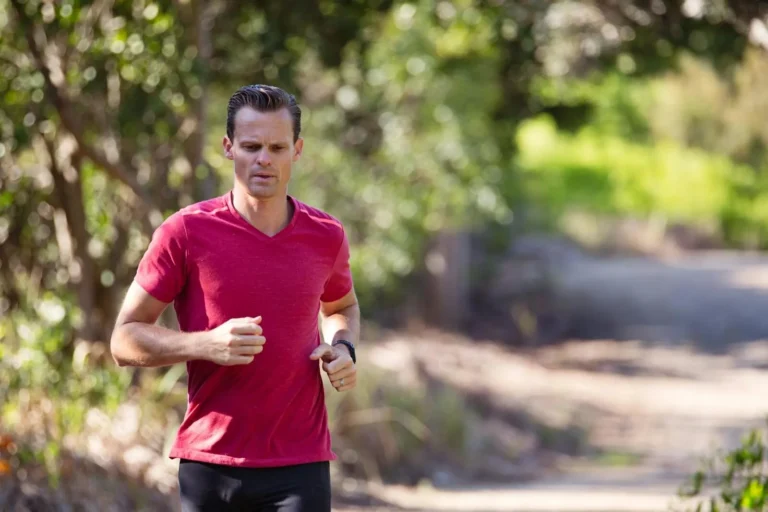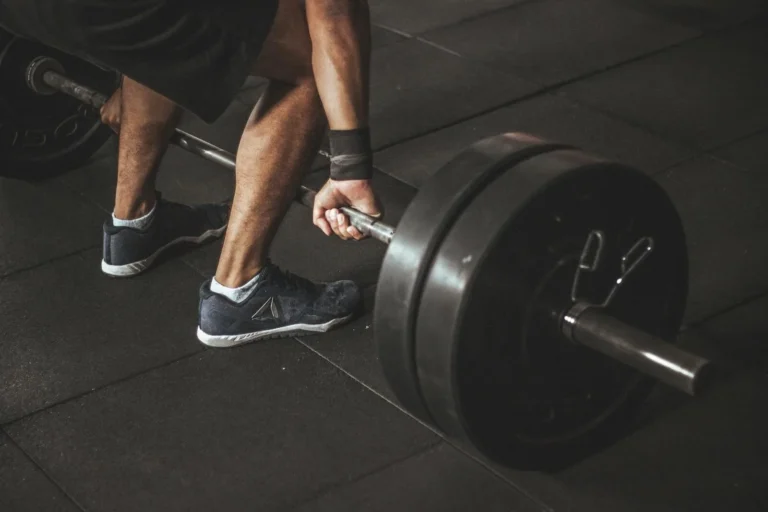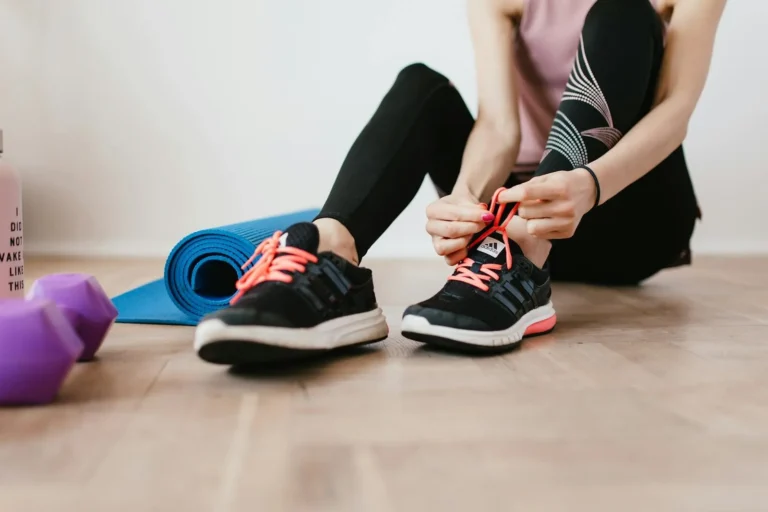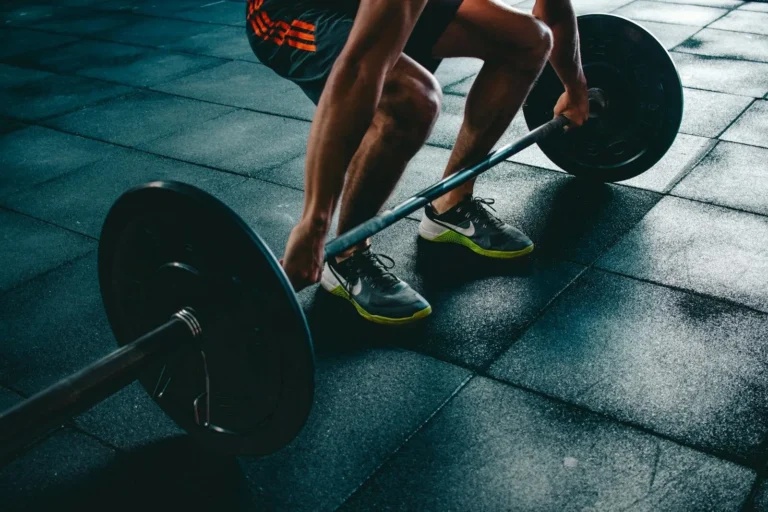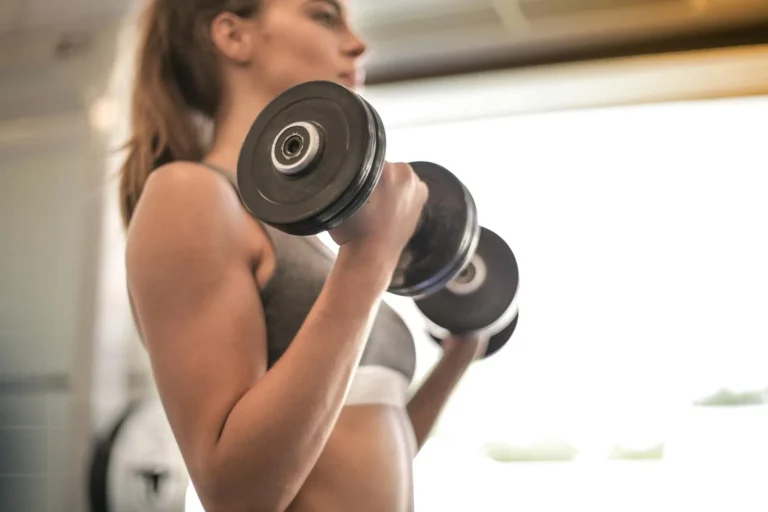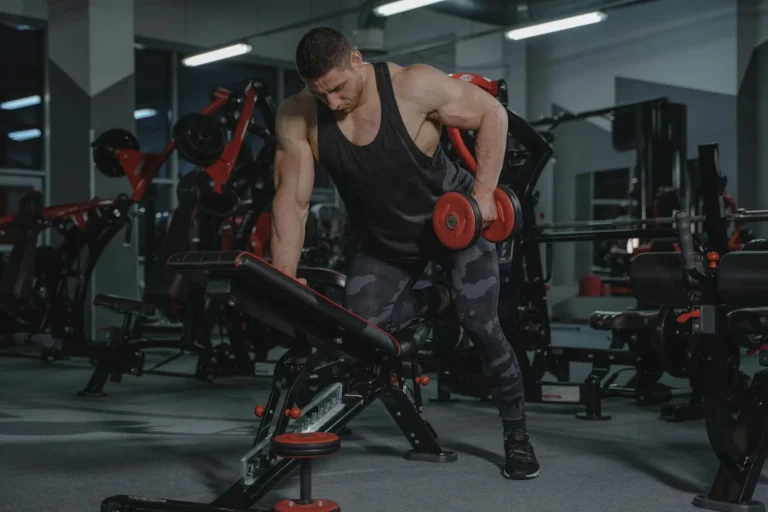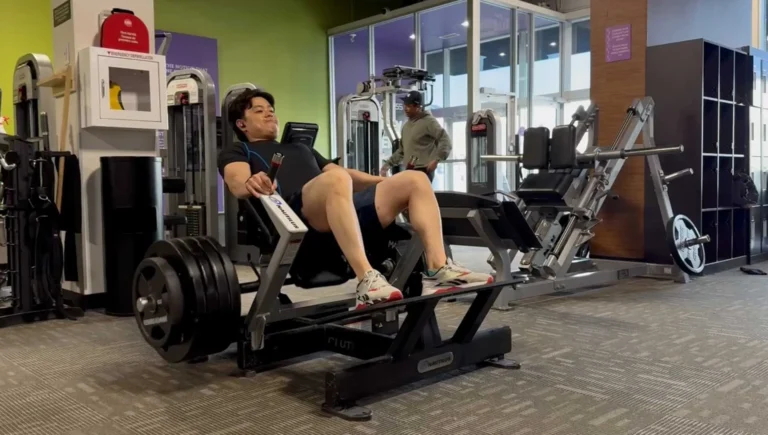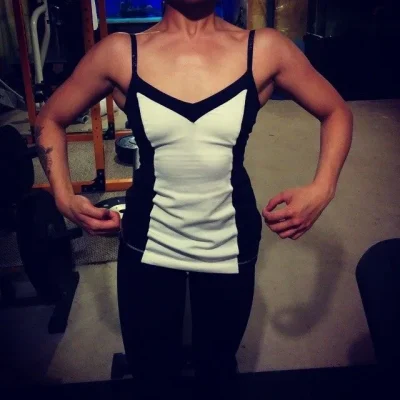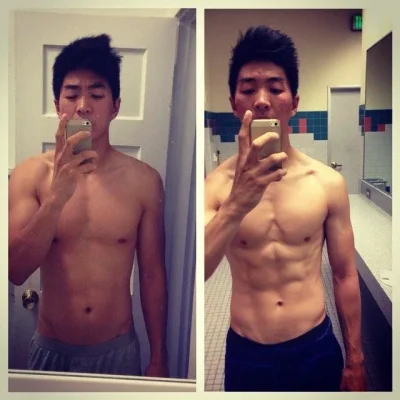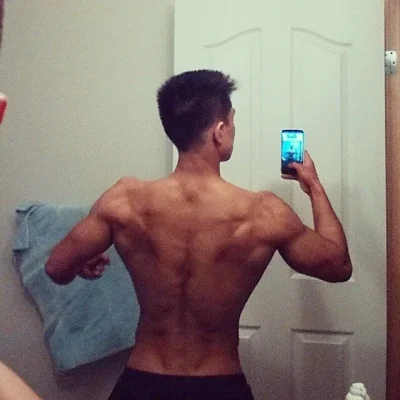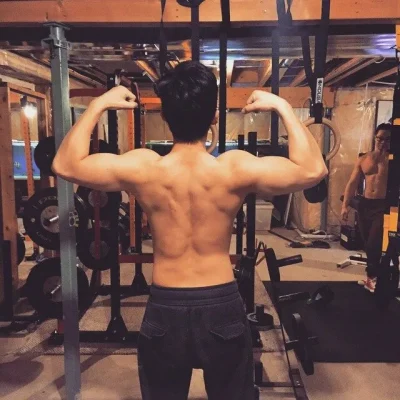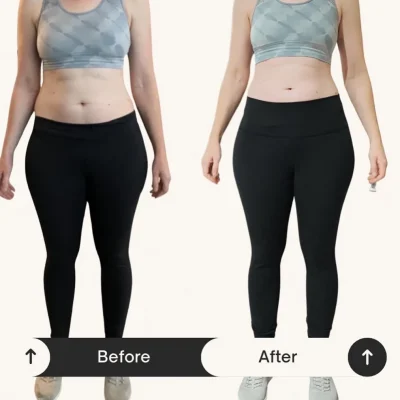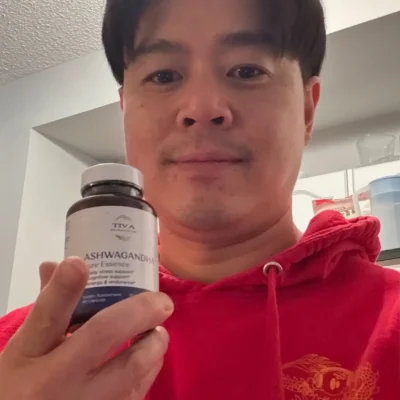You can effectively target lower stomach fat with specific workouts designed to enhance core strength and burn calories. Incorporating exercises like planks, leg raises, and mountain climbers into your routine will not only help tone your abdominal muscles but also promote overall fat loss. It’s important to combine these workouts with a balanced diet for optimal results. Stay consistent and challenge yourself, as persistence is key to achieving a toned lower abdomen.
Key Takeaways:
- Incorporate compound movements like squats and deadlifts for overall fat loss.
- Add targeted workouts such as planks and leg raises to strengthen lower abdominal muscles.
- Combine strength training with high-intensity interval training (HIIT) for optimal fat-burning results.
Understanding Lower Stomach Fat
Lower stomach fat, often a stubborn area for many, is primarily composed of visceral fat and subcutaneous fat. This type of fat can be particularly concerning due to its association with various health issues, such as metabolic syndrome and heart disease. Reducing lower stomach fat not only improves your appearance but also enhances your overall health and wellness. Effective strategies involve a combination of diet, cardiovascular workouts, and focused strength training tailored to this area.
Causes of Lower Stomach Fat
Several factors contribute to lower stomach fat accumulation, including hormonal imbalances, poor diet, and lack of physical activity. Additionally, genetics play a significant role in where your body stores fat. Stress can also exacerbate this issue through increased cortisol levels, which promote fat storage in the abdominal region. Sedentary lifestyles and overconsumption of refined carbohydrates further lead to unwanted fat in your lower stomach area.
Importance of Targeted Workouts
Targeted workouts play a significant role in shaping the lower stomach area. While overall fat loss is crucial, focusing on specific exercises helps strengthen and tone the core muscles. This approach not only creates a firmer appearance but also improves your functional strength and stability. Engaging these muscles during workouts can increase their resilience, which is vital for daily movements and preventing injuries.
Incorporating targeted workouts results in enhanced muscle activation, leading to better results in fat loss. For instance, studies suggest that performing exercises like leg raises, reverse crunches, and planks directly engages the lower abs more effectively than general routines. This focused engagement allows you to build and define your core, contributing to an overall stronger midsection. Pairing these exercises with a balanced diet accelerates fat reduction while ensuring you maintain muscle mass throughout your fitness journey.
Effective Workouts for Lower Stomach Fat
Targeting lower stomach fat requires a combination of strength training and cardio. Focus on both core strengthening exercises and effective high-intensity intervals to boost metabolism and tighten your midsection. Incorporate a variety of movements to challenge your body and maximize fat loss, ensuring you stay engaged and motivated throughout your fitness journey.
Core Strengthening Exercises
Core strengthening exercises like planks, bicycle crunches, and leg raises directly engage your lower abdominal muscles. These workouts not only help build a strong core but also improve stability and posture. Aim for a routine that incorporates these exercises multiple times a week to increase muscle definition while promoting overall fat reduction.
High-Intensity Interval Training (HIIT)
HIIT effectively elevates your heart rate and boosts calorie burn, making it a powerful ally in reducing lower stomach fat. Incorporate routines that alternate between bursts of intense activity, such as sprints or kettlebell swings, and periods of rest or lower-intensity exercises. You can burn more calories in a shorter amount of time compared to traditional cardio workouts.
Research shows that engaging in just 20–30 minutes of HIIT can lead to significant fat loss, especially in the abdominal area. A study from the American College of Sports Medicine found that participants who performed HIIT lost up to 1.5 times more visceral fat than those sticking to moderate-intensity steady-state exercises. Integrating workouts like sprint intervals or metabolic circuit training into your routine can enhance your results while keeping your workouts dynamic and challenging.
Nutritional Considerations
To maximize your results in lower stomach fat workouts, nutritional strategies play a vital role. Focus on a balanced diet rich in lean proteins, whole grains, fruits, and vegetables. Similarly, reducing sugar and processed foods can accelerate fat loss. Incorporate anti-inflammatory foods like fatty fish, nuts, and berries to support your overall fitness performance and recovery, and ensure you’re fueling your body adequately for the demands of your chosen workouts.
Dietary Changes to Support Workouts
Adjusting your diet to include more whole foods and fewer empty calories enhances your workout efficacy. Prioritize high-quality proteins to aid muscle repair and growth, and incorporate healthy fats to support energy levels. Aim to eat smaller, more frequent meals to keep your metabolism active. Including fiber-rich foods can give you a feeling of fullness, helping to prevent overeating.
Importance of Hydration
Hydration significantly influences your workout performance and recovery. Drinking sufficient water aids in maintaining energy levels and supports digestion. Proper hydration can also enhance your metabolic rate, assisting in fat loss efforts. Strive for at least 8-10 cups of water daily, and increase your intake during workouts to compensate for fluid loss.
Water plays a pivotal role in thermoregulation during exercise. As you sweat, electrolytes are lost, and replenishing them is crucial for optimal function. Dehydration can lead to fatigue, decreased strength, and impaired recovery. The general guideline of 8-10 cups might vary based on your activity level and environmental factors, so listening to your body is key. Consider tracking your hydration to ensure you’re meeting your needs, especially on intense workout days.
Incorporating Cardio for Fat Loss
Integrating cardio into your workout routine significantly enhances your ability to burn fat, particularly in stubborn areas like the lower stomach. Cardio elevates your heart rate, leading to increased caloric expenditure. Activities such as running, cycling, or HIIT can complement your strength training efforts, making your regimen more effective. Finding a balance between different forms of exercise can maximize fat loss and improve overall fitness.
Types of Cardio Workouts
Several effective cardio workouts can aid in burning lower stomach fat:
- High-Intensity Interval Training (HIIT)
- Running or Jogging
- Cycling
- Rowing
- Jump Rope
Recognizing the benefits of each type can help tailor your cardio sessions for optimal fat loss.
| Cardio Type | Duration |
| HIIT | 20-30 minutes |
| Running | 30-60 minutes |
| Cycling | 30-45 minutes |
| Rowing | 20-40 minutes |
| Jump Rope | 15-20 minutes |
Balancing Cardio and Strength Training
Striking the right balance between cardio and strength training is necessary for achieving lower stomach fat loss. Pairing both types of workouts not only enhances your metabolism but also helps in maintaining muscle mass while shedding fat. Aim for at least three days of strength training alongside two to three cardio sessions each week, adjusting based on your fitness level and goals.
Incorporating these disciplines into your weekly routine will optimize your fat loss efforts. For instance, you might perform strength workouts on non-consecutive days and include short bursts of cardio after lifting, such as 10-15 minutes of HIIT. This combination allows you to benefit from the muscle-building effects of strength training while maximizing the calorie-burning potential from cardio, ensuring you target lower stomach fat more effectively.
Tracking Progress and Setting Goals
Establishing a clear method for tracking progress is crucial to achieving your lower stomach fat loss goals. By regularly monitoring your results, you can identify what’s working and adjust your approach accordingly. This could involve noting changes in measurements, body composition, or workout performance. Consistent evaluations create a sense of accountability, allowing you to maintain motivation over time.
Measurement Techniques
Utilize various measurement techniques to gain insight into your progress. Body measurements, such as waist circumference, provide tangible data on fat loss. Keeping a workout journal helps you document performance improvements, while progress photos offer a visual representation of your transformation. Combining these methods gives a comprehensive view of your journey.
Importance of Realistic Goals
Setting realistic goals enables sustainable progress and keeps you motivated. Aiming for 1-2 pounds of weight loss per week is a safe target, and adjusting your expectations based on your body type and lifestyle ensures you stay on track. Goals should be specific and measurable, focusing on achievable milestones to help maintain enthusiasm and commitment.
Realistic goals also mitigate feelings of frustration or disappointment. Instead of striving for rapid fat loss, which can lead to burnout, concentrate on small changes that encourage healthy habits. For example, aim to increase the number of abdominal workouts you complete each week or gradually reduce your waist measurement. Long-term consistency with achievable targets fosters greater success and empowers you to stay resilient during challenging times.
Common Myths about Lower Stomach Fat
Understanding the myths surrounding lower stomach fat is vital for effective weight loss strategies. Many people mistakenly believe that they can target lower belly fat through specific exercises or that certain routines guarantee rapid results. Addressing these misconceptions will help you focus on what truly matters for fat loss and body composition improvements.
Spot Reduction Myth
The idea that you can lose fat in a specific area by exercising that muscle, known as spot reduction, is a persistent myth. While strengthening your abs can improve muscle tone, it won’t eliminate the fat covering those muscles. Overall body fat reduction occurs through a combination of diet, cardiovascular exercise, and resistance training.
Misconceptions about Ab Workouts
A common misconception is that performing hundreds of ab exercises daily will lead to a flat lower stomach. In reality, excessive ab workouts without integrating full-body exercise and proper nutrition can yield minimal results. Ab routines contribute to core strength but aren’t a standalone solution for fat loss.
Focusing solely on ab workouts often leads to disappointment as visible results require a broader approach. Incorporating compound movements, such as squats and deadlifts, enhances the overall caloric burn and stimulates multiple muscle groups simultaneously. A well-rounded fitness plan plays a vital role in reducing body fat, including the lower stomach area, as you engage in exercises that promote overall fat loss effectively.
To wrap up
As a reminder, incorporating exercises such as planks, leg raises, and bicycle crunches into your routine can effectively target lower stomach fat. Combining these workouts with a balanced diet and cardio will enhance your results. Consistency is key; aim to engage in these exercises regularly to see improvements in your core strength and abdominal definition. Keeping track of your progress will also help you stay motivated and committed to your fitness goals.
FAQ
Q: What are effective workouts for targeting lower stomach fat?
A: Effective workouts include leg raises, reverse crunches, and mountain climbers. Leg raises engage the lower abs directly, reverse crunches emphasize the lower region, and mountain climbers provide a full-body workout while also targeting the core.
Q: How often should I do these lower stomach fat workouts for best results?
A: It’s recommended to perform these workouts 3 to 4 times a week. This frequency allows the muscles to recover while promoting fat loss and strengthening the core.
Q: What other factors should I consider along with workouts to reduce lower stomach fat?
A: In addition to workouts, maintain a balanced diet rich in whole foods, stay hydrated, and ensure you get adequate sleep. These lifestyle factors play a significant role in reducing lower stomach fat.

